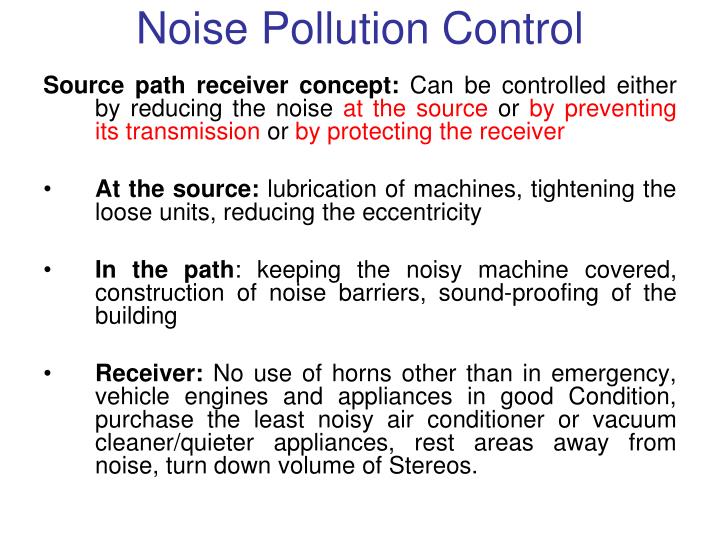
As one of the challenges, urbanization is associated with increased noise levels around the human environment. Seventy-eight participants were interviewed about noise, and four categories of perceived understanding of noise were identified: challenges, definitions of noise, opportunities, and action. This study aimed to interpret the definition of noise from the public perspective based on a grounded theory approach. The lack of knowledge on how people perceive noise limits our capacity to control it in a targeted manner. Although researchers have investigated the ability of people to listen, analyze, and distinguish sound, the concept of noise has not been clearly articulated from a human perspective. In the field of environmental sound, common noise control practices include: design of noise barriers, development and enforcement of noise abatement legal codes and urban design.Urbanization has exposed people to extreme sound levels. More specific architectural noise control methods include the installation of acoustical gypsum, ceiling tiles, ceiling panels, carpet and draperies. Interior sound reverberation reduction, inter-room noise transfer mitigation and exterior building skin augmentation. Within architectural acoustics these practices include: In architectural acoustics and environmental acoustics, noise control refers to the set of practices employed for noise mitigation. Noise control for aerodynamic sources include quiet air nozzles, pneumatic silencers and quiet fan technology.


Effective noise control focuses on reducing the noise from these sources as close to the source as possible.

(The most common noise sources can be divided into aerodynamic (fans, pneumatics, combustion, etc) and mechanical (impacts, friction, etc). Once the source of noise has been found, the focus is reducing the noise at source by engineering means. Practical and efficient noise control is wholly reliant on an accurate diagnosis of what is causing the noise, which first involves finding the source of noise.


 0 kommentar(er)
0 kommentar(er)
